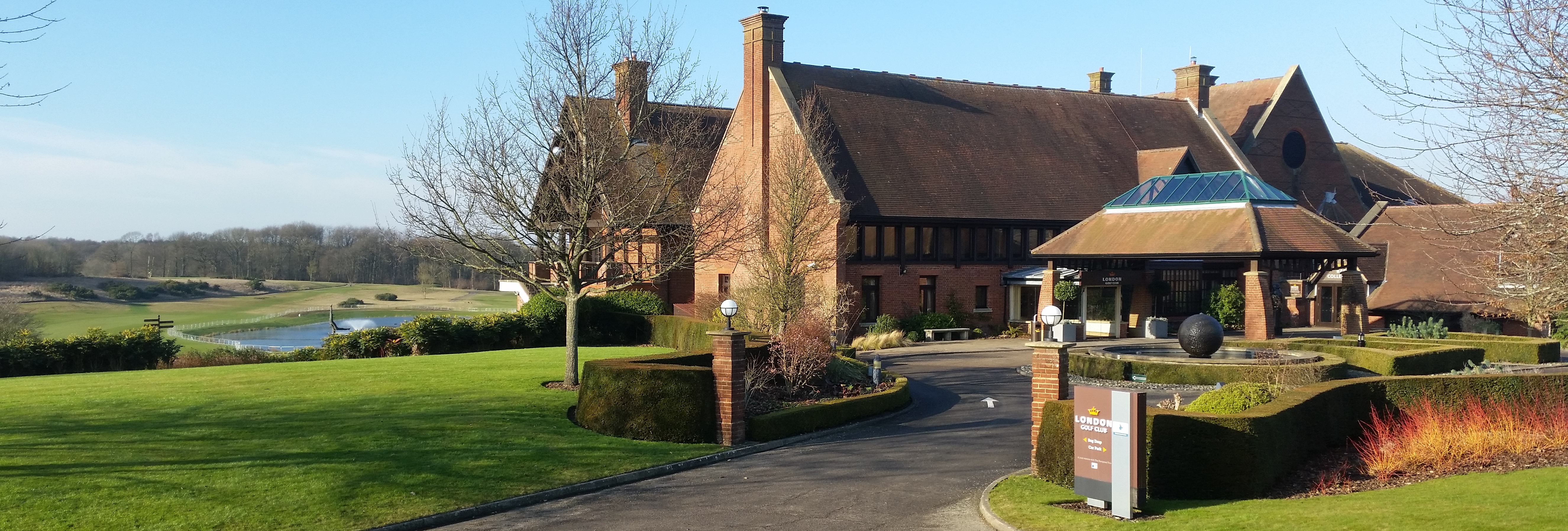London Golf | Club
Many wastewater treatment systems, including most available package treatment plants installed at Golf Clubs have a reputation of failing the stipulated consent and are a source of offensive or noticeable odours. Conversely, the Bio-Bubble Advanced-Aeration process has an enviable reputation of consistently achieving the highest consent limitations imposed by National and European legislation, using less energy and without any noticeable or offensive odours.
London Golf Club; renowned for hosting European Golf Tour Events, an exceptional venue was no different and along with other improvements to their course irrigation storage lakes invested in their new Bio-Bubble wastewater and sludge treatment system as well as contracting us to provide remote process monitoring support via a Broadband link. Local civil contractor Gallaher’s undertook the civil works with minimal disruption to the Golf Club’s day to day operation with a degree of professionalism to be admired.
Very high variations of effluent pollution strengths are commonly discharged from Golf Clubs throughout the day, making it difficult for continuous flow package plants such as RBC disc systems to achieve a consistent quality of treatment. The setting and clubhouse facilities at London Golf Club make it a very desirable venue to have ones wedding event which in itself can add a significant loading to the treatment works.
Typical package treatment systems generally operate under unsteady-state conditions with low or no margin for peak strength flows. In contrast, Advanced-Aeration incorporates steady-state batch treatment allowing blend-mixing and dilution of detergents and organic matter, which vastly improves the quality of the final
effluent and ensures a high quality discharge is continually achieved which in turn protects and supplements the clubs irrigation resource.
Advanced Aeration is defined as “a process that provides treatment to both effluent and sludge within a single reactor, which has the consequential benefit of producing a stable high quality effluent discharge whilst significantly reducing and stabilizing sludge waste production, with the consequential benefits of reducing both carbon emissions and overall energy usage”. This is achieved by applying:
• SBR technology
• Long process sludge age
• Low food to biomass (F/M) ratio
• Proportionate aeration to the requirements of the aerobic react phase


